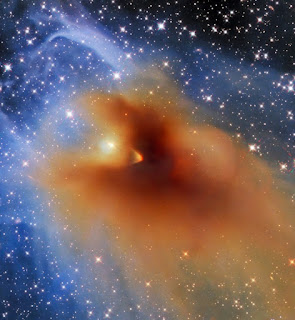The wonders of the place we call home.sweet home Weather and water.
Climate change.our planet
It's the spot we call home,but there is a lot of about planet Earth that remains frustratingly obscure.
How could it frame from a cloud of dust?.
How could it figure out how to support Life ?..
Also exactly what is happening profound with in its co?..
New Researcher examines these andother major inquiries conce-rning our beautiful,enigmatic world.
Where did life come from?..
eaving aside the slim chance that
life showed up on Earth on a shooting star,we need to accept that it arose out of anything that physical and compound circum stances existed in the planet's childhood.Resolving what these circum stances were is. problematic,however,mainly in light of the fact that the Earth we live on today holds practically no hint of that time.
To date,the earliest proof for life comes from sedimentary rocks that are 3.8billion years old.
Discovered during the 1990s in western Greenland,they have a surprisingly low extent of carbon-14,the weighty isotope of carbon.
This lopsidedness is believed to be an indication of microorganisms at work on the grounds that the lighter isotope,carbon-13, goes all the more effectively through cell walls thus collects any place microorganisms are -or were- dynamic.
These stones were set down when the planet was recuperating from the effect that presumably framed the moon (see"What occurred during Earth's dim ages?",above)
Early stage seas and landmasses were forming,but the cycle was bury rupted once in a while by an enormous space rock.
striking the planet and heating up the oceans.Darwin visualized life arising in a "warm little lake"; in fact,it was more likely than not a hot,briny cauldron.
This is a profoundly unique climate from the one we live in,but maybe that will be normal. There are no recorded. occurrences of an"origin-of-life" occasion on present day Earth,so maybe the right circumstances no longer exist.
 |
| Climate-C |
Or maybe it is going on such little scales that we have not taken note.
Practically equivalent to conditions to early Earth do still exist.
They can be found encompassing aqueous vents on the ocean bottom, where geothermal movement siphons springs of singing water into the ocean.
These regions support huge assortments of micro organisms,
many with startlingly crude digestion systems also,none of which depend on daylight for energy.
For what reason in all actuality does Earth have plate tectonics?
In a word: iron.in any case, that isn't the finish of the story.There is still a lot to find out about what the World's center resembles and how it became.We really do realize that the center beginnings 2890 kilometers down and its breadth is 6800 km.It is contained two layers,the liquid iron inner layer and the strong internal core,which is made of nickel and iron and is generally the size of the moon.
It hasn't forever been this way..
Initially the planet was only one major mix with no undeniable construction.
Then the heaviest components, for the most part iron and a little nickel,settled towards the middle and framed a center.
Precisely when and how this happened is still easy to refute. One thought is that the center shaped suddenly.Others trust the iron gradually streamed down. Radioactive isotopes estimated in volcanic rocks that started somewhere down in the Earth demonstrate that the center framed when the planet was some place somewhere in the range of 30 and 100 million years of age. By 3.5 billion years ago,swirling movement in the fluid iron center had set up an attractive field.Then,around 1.5 billion years ago,the focus ad equately cooled to crystallise.One secret has as of late been solved.It has been known for quite a while that seismic waves travel quicker through the eastern side of the center than the west,but no one could work out why.
Now reenactments have shown that this is in all probability due
to twirling swirls of fluid iron in the inner layer that draw down cool material from close to the limit with the mantle also, mortar it onto the strong internal center.
For the beyond 300 million years the vast majority of the iron swirls have been under Asia, making the internal center develop to around 100 kilometers bigger on its eastern side than on the west.
This could have suggestions for the World's attractive field,which is produced by convection in the external core.Some specialists imagine that choppiness brought about by the development of the inward center may,over time, make the attractive field not so much steady but rather more liable to flip,causing Earth's north and south attractive poles to trade places.
 |
| Planet |
At the point when this occurs - as it has done before - the planet is left briefly unprotected from the lively particles gushing out from the sun.This would leave us with no safeguard against attractive particles from the sun based wind.this would positively bring
down our PC frameworks and may end up being harming to life as well. At the point when this will happen next,however,nobody knows.
“Clues about when life began may be found on mars"
 |
| Nasaimage.C-nasa |
https://apod.nasa.gov/apod/ap221118.html
A small, dense cloud of gas and dust called CB 130-3 blots out the center of this image from the NASA/ESA Hubble Space Telescope. CB 130-3 is an object known as a dense core, a compact agglomeration of gas and dust. This particular dense core is in the constellation Serpens and seems to billow across a field of background stars.sorce-nasa
🛸 @ufo
Email-freekly07@gmail.com





0 Comments